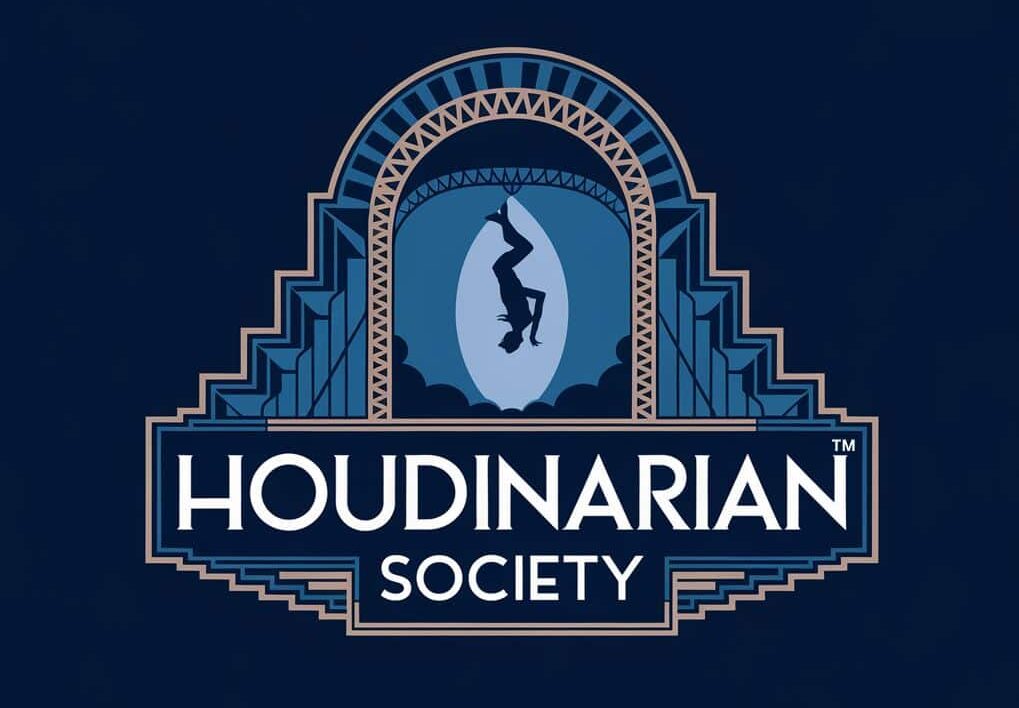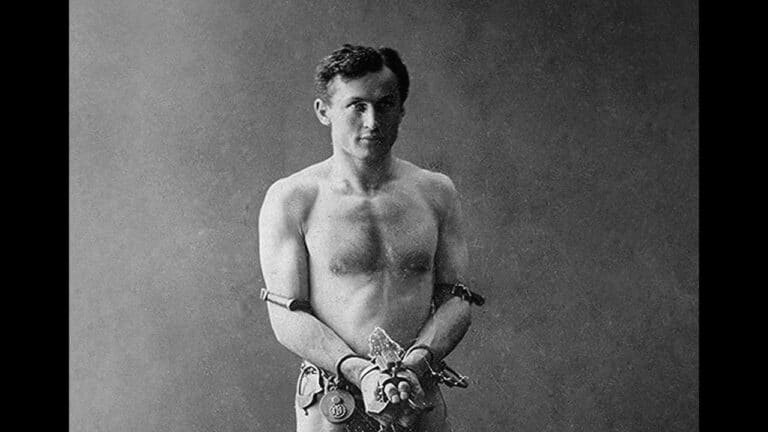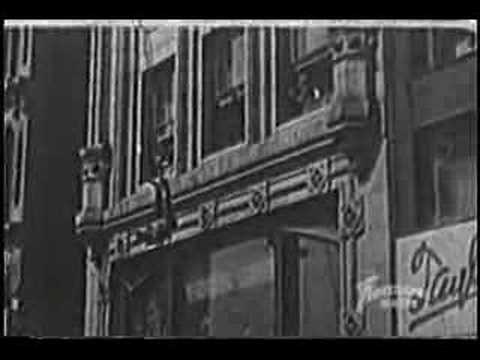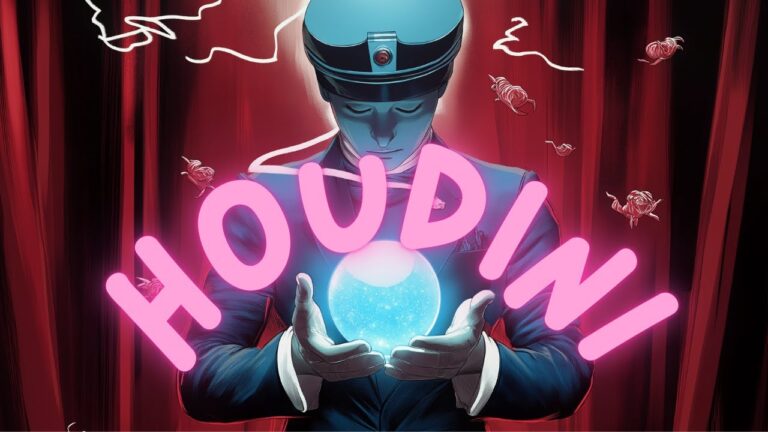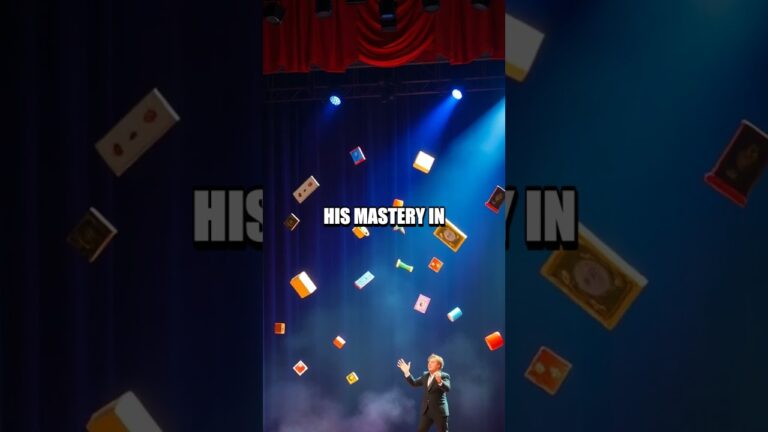Academic Research on Magic: Key Papers and Studies Worth Exploring
Magic has fascinated both performers and researchers for generations. It has led to groundbreaking studies in psychology, cognition, and human behavior. Recent years have seen a surge in scientific studies using magic as a tool to explore the human mind.
You’ll discover that academic research on magic reveals important insights about perception, attention, and how your brain processes information.
When you look at magic through an academic lens, you’ll find it offers unique opportunities to study human behavior. Individual differences in magical thinking can reveal interesting personality traits and cognitive patterns. Some people are highly susceptible to magic tricks, while others show strong resistance.
Magic-based research extends beyond psychology into various fields. You can explore studies of magic as a historical tool for understanding cultural tolerance, underground economics, and marginalized communities. These studies help you understand how magic has shaped human societies throughout time.
Cognitive Psychology And Magic

The psychology of magic tricks reveals fascinating insights into how your brain processes information and creates meaning from sensory input. Scientists have made remarkable discoveries about attention, perception, and memory by studying magicians’ techniques.
The Role Of Attention And Perception In Magic
Your brain can’t process everything you see at once. Magicians exploit this limitation by controlling where you focus your attention. They guide your eyes and mind exactly where they want them to go.
Magic teaches us that your perception isn’t as reliable as you might think. Research shows that what you think you see often differs from reality.
Key Perception Principles in Magic:
- Change blindness (missing visual changes)
- Inattentional blindness (failing to notice obvious events)
- False memory creation
Studies On Misdirection And Cognitive Illusions
Misdirection works by manipulating your mental spotlight. Scientists have discovered that successful misdirection relies on both social and physical techniques.
Your brain fills in gaps with assumptions and expectations. Magicians use this to create impossible moments that seem to defy logic.
Common Misdirection Methods:
- Social misdirection (eye contact, body language)
- Physical misdirection (movement, timing)
- Cognitive misdirection (false assumptions)
Memory And Magic: Key Findings
Your memory isn’t like a video recording – it’s more like a story you tell yourself. Magicians alter these stories through careful manipulation of your attention and expectations.
Research indicates that magic effects can create false memories almost instantly. You might clearly remember seeing something that never happened.
Magic tricks often work by exploiting your brain’s tendency to:
- Fill in missing information
- Create logical connections
- Reconstruct memories based on current context
Theater History And Magic Performance
Magic in theater represents a unique fusion of deception and dramatic art, transforming simple tricks into grand theatrical spectacles. Stage illusions have shaped entertainment while pushing the boundaries of theatrical technology and audience perception.
Historical Context Of Magic In Theater
Ancient Egyptian priests used magic as a theatrical device in temple ceremonies, creating illusions with mirrors and hidden mechanisms. These early performances set the foundation for modern stage magic.
The Victorian era marked magic’s golden age in theater. You’ll find that prominent magicians like Robert-Houdin transformed magic from street entertainment into sophisticated theater productions.
Notable venues like London’s Egyptian Hall and Paris’s Theatre Robert-Houdin became dedicated spaces for magical performances in the 1800s. These theaters featured trap doors, special lighting, and mechanical systems specifically designed for illusions.
Influential Papers On Stage Magic Techniques
Theater and performance studies research has revealed crucial developments in magical presentation. Your understanding of modern magic benefits from examining these historical documents.
Magic creators like Maskelyne and Devant published detailed works on theatrical staging. Their books covered sight lines, lighting angles, and audience psychology.
Key academic papers explore the relationship between:
- Mechanical innovation and illusion design
- Theatrical timing and misdirection
- Stage presence and audience manipulation
The Evolution Of Magic As A Performing Art
Modern magic performances blend traditional techniques with new technology. You can see this fusion in shows that incorporate video mapping and digital effects.
Magic has moved beyond simple tricks to create immersive theatrical experiences. Contemporary magicians use dramatic narratives and character development to enhance their performances.
Professional magic now encompasses diverse styles:
- Close-up intimate theater
- Grand stage illusions
- Mentalism performances
- Interactive multimedia shows
Cultural Anthropology And Magic
The study of magic through anthropological research reveals distinct patterns in how different societies view supernatural practices. Cultural beliefs about magic shape social structures and influence human behavior across communities worldwide.
Magic In Different Cultures: Comparative Studies
When you look at magic across societies, you’ll find fascinating variations in ritualistic practices. Each culture develops unique magical systems that reflect their worldview and social organization.
Traditional healers in West Africa use different magical tools than shamans in Siberia. Your understanding of these practices needs to account for local beliefs and customs.
Magic serves similar functions across cultures:
- Protection from harm
- Healing illness
- Bringing good fortune
- Managing relationships
- Controlling natural events
The Social Functions Of Magic Performances
Magic performances create shared experiences that strengthen community bonds. You can observe how magical rituals shape social relationships and maintain cultural values.
Public magical displays often mark important life transitions:
- Coming of age ceremonies
- Marriage rites
- Funeral practices
These performances help you understand your place in society and connect with cultural traditions.
Anthropological Perspectives On Magicians And Their Audiences
The relationship between magic practitioners and their audiences reveals complex social dynamics. You’ll notice how modern studies examine this interaction through various cultural lenses.
Magicians hold special status in many societies. Their knowledge of secret practices sets them apart from ordinary community members.
The audience’s belief in magical power varies across cultures:
- Complete faith in supernatural abilities
- Skepticism mixed with cultural respect
- Viewing magic as symbolic rather than literal
Social trust and reputation play key roles in maintaining a magician’s authority.
Houdini’s Impact On Academic Discourse

Harry Houdini transformed academic study of magic through his meticulous documentation and research methods. His work sparked scholarly interest that continues to shape modern magical studies and performance analysis.
Biographical Studies And Scholarly Analyses
Academic research on Houdini examines his role in shaping early 20th-century entertainment and cultural discourse. You’ll find his influence in fields ranging from theater studies to psychology.
His personal archives at the Library of Congress provide scholars with primary source material for analyzing his techniques and methods. These documents reveal his systematic approach to developing illusions.
Notable academic works focus on his impact on American popular entertainment and his relationship with spiritualism. The intersection of his performances with emerging media technologies has become a rich area of study.
Houdini’s Contributions To The Field Of Magic
His innovative techniques revolutionized how magic was taught and documented. You can trace his influence in modern magical education and performance theory.
He established rigorous standards for documenting magical effects and methods. His detailed notebooks and manuscripts created a framework for academic study of magic.
His exposure of fraudulent mediums demonstrated the importance of critical analysis in paranormal investigation. This work helped establish magic as a subject worthy of serious academic study.
Key Papers On Houdini’s Influence In Popular Culture
Academic papers frequently examine his role in shaping public perception of magic and illusion. His media presence created new ways of understanding performance art.
Research explores his impact on advertising, publicity, and celebrity culture. His methods of self-promotion changed how performers market themselves.
His influence extends to digital media studies, where scholars analyze his techniques through modern technological frameworks. You’ll find his principles applied in virtual reality and contemporary entertainment research.
Theoretical Frameworks In Magic Studies

Magic research has evolved into a rigorous academic field with structured approaches to studying performance, perception, and psychological impact. Scientists apply specific frameworks to examine how magic tricks affect human cognition and behavior.
Cognitive And Psychological Theories
Research frameworks in magic studies focus on how tricks create specific experiential effects in viewers’ minds. These studies go beyond just cataloging methods to understand the psychological mechanisms at work.
You’ll find that attention and perception play key roles in magic effects. When you watch a magic performance, your brain processes multiple layers of information simultaneously.
Scientists have developed specific models to track how your mind responds to misdirection techniques. These models help explain why certain tricks consistently fool audiences.
Sociocultural And Anthropological Approaches
Magic’s role varies significantly across different cultures and social contexts. You’ll notice that cultural beliefs shape how people interpret and experience magical performances.
Modern researchers examine magic through both traditional and contemporary lenses. They study how social media and digital platforms have changed magic’s cultural impact.
The academic study of magic reveals overlooked aspects of human cognition and social interaction. This includes how shared beliefs influence collective experiences of magical effects.
Interdisciplinary Perspectives On Magic
The psychology of magic intersects with multiple fields, creating rich opportunities for cross-disciplinary research. Neuroscience helps explain how your brain processes magical effects.
Performance studies contribute insights about theatrical elements in magic. Your experience of a magic show combines elements from psychology, theater, and social dynamics.
Recent studies incorporate insights from computer science and virtual reality. These technologies help researchers measure audience reactions with greater precision.
Methodological Approaches In Magic Research
Research into magic combines scientific rigor with creative approaches to understand both performance techniques and psychological effects. Magic studies use varied methods to examine everything from audience perception to historical developments.
Experimental Designs And Cognitive Studies
Studies of magic tricks in lab settings help you see how misdirection works in the human brain. Scientists track eye movements, measure reaction times, and use brain imaging to understand magical effects.
You’ll find researchers often use controlled experiments where they show participants both the magic trick and its explanation. This helps isolate specific cognitive mechanisms.
Recent work has created structured frameworks for studying magic effects. These break down complex illusions into testable components.
Historical And Archival Research Methods
Magic historians examine old texts, posters, and equipment to trace the evolution of tricks and techniques. You’ll discover rich details in performers’ private notebooks and correspondence.
Library archives hold valuable collections of magic periodicals and manuscripts. These help you understand how methods developed over time.
Patent records provide another key resource. They show how magicians protected their innovative methods and mechanical devices.
Ethnographic And Fieldwork Techniques
Modern magic research involves watching performers in their natural settings. You can learn a lot by observing magicians at work in theaters and close-up venues.
Interviews with professional magicians reveal insider knowledge about technique refinement and audience management. These conversations give you insights you won’t find in books.
Field researchers often become magic practitioners themselves. This hands-on experience helps you better understand the physical and mental skills required.
